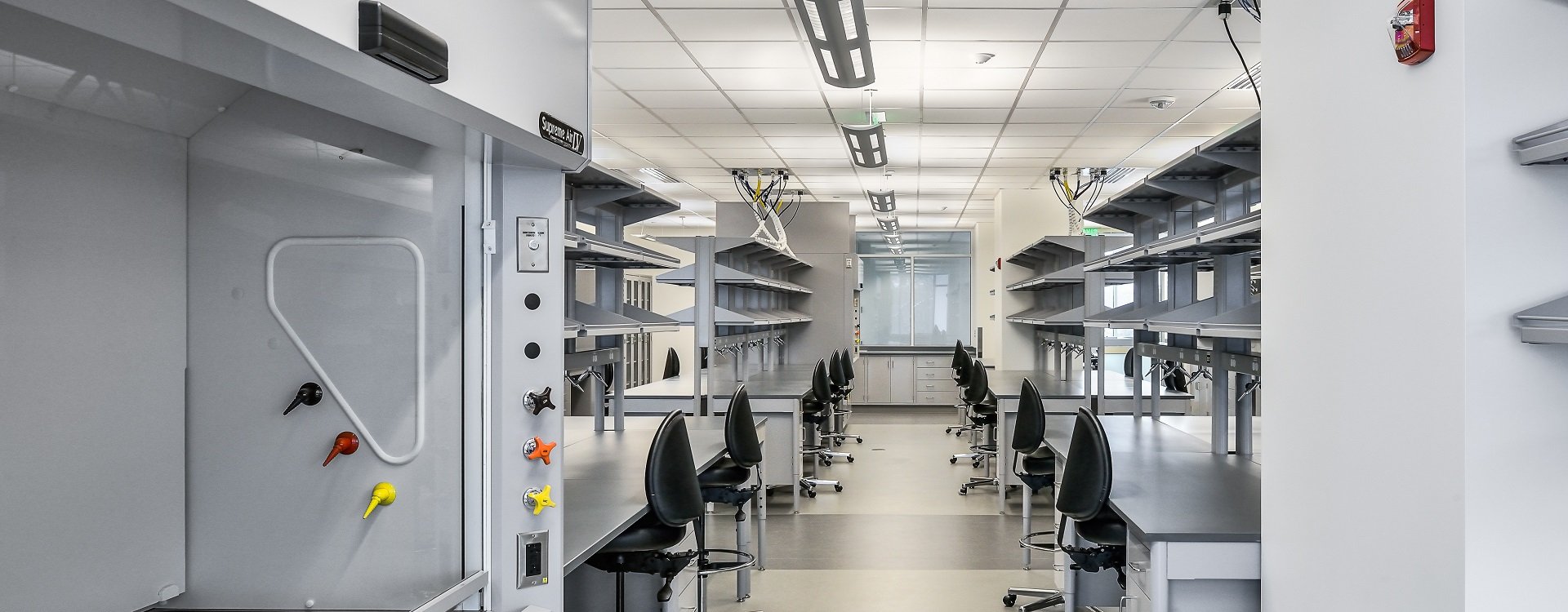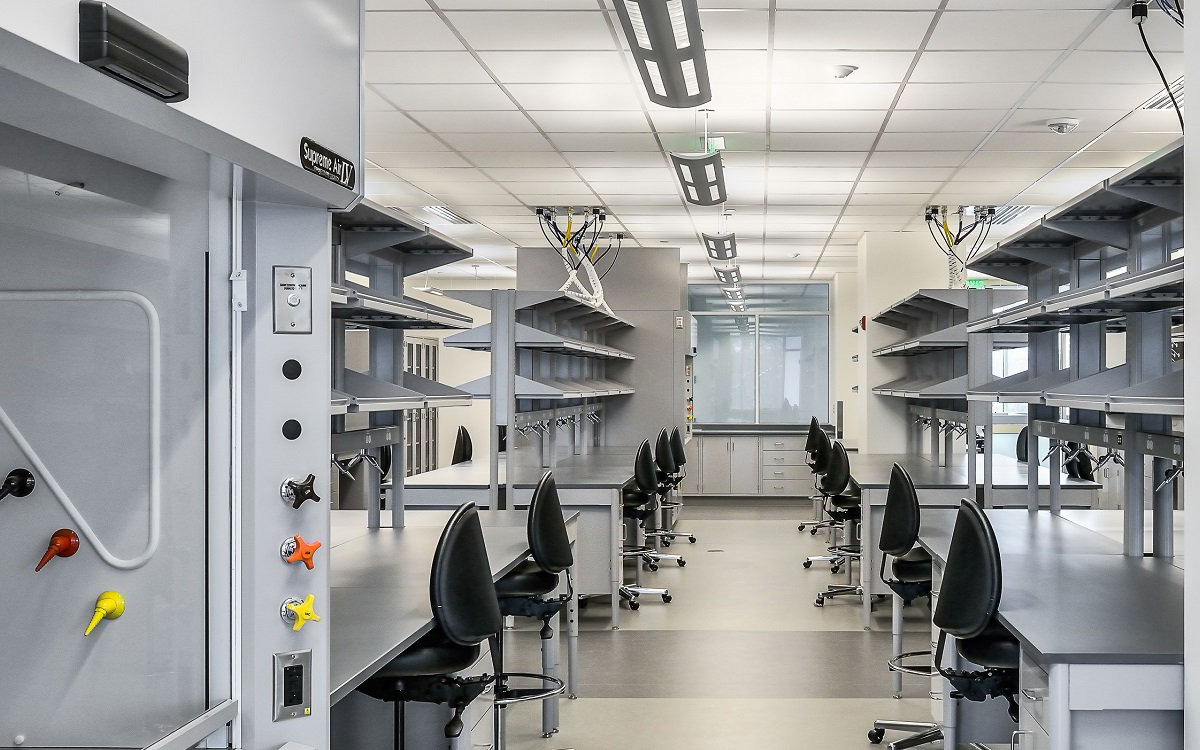Seven Questions to Be Answered Before Choosing Fume Hood
Date: 2022-01-19 Source: RUANQI Classification: Resources

©Waldner
Choosing a fume hood seems to be an arduous task. In order to make a wise decision, there are too many choices to choose from and too much information needs to be collected. But don't be afraid, this article will help you.
First, take a few minutes to answer these questions. After answering all seven questions, you will successfully establish the necessary criteria for choosing a fume hood system. If it is helpful, please print this question before ordering to use it as a list.
1. What will you do in the fume hood?
Record as much information as possible about the process of using the fume hood. What chemicals are used and how? Is there any heat? How many chemicals will be used at a given time? Most importantly, know the answers to the following questions:
1) Do you use perchloric acid?
2) Do you use hydrofluoric acid (HF)?
3) Are you using radioisotopes and need to use lead plates?
2. What size fume hood do you need?
This is a four-part question:
1) How wide do you want the fume hood to be? Fume hood manufacturers usually offer sizes ranging from 30 inches wide to 16 feet wide, with many choices in the middle.
2) Is the fume hood equipped with equipment? If the answer is yes, then you must answer the third and fourth parts.
3) What is the size of the equipment? This information is very important to determine the depth requirement of fume hood.
4) Do you need a desk or floor fume hood? In the process of using super-large equipment (such as 50 gallon barrels) or pushing the equipment into the fume hood by cart, it is necessary to install the fume hood on the floor.
3. Do you need to install service equipment or other accessories on the fume hood?
These include (but are not limited to) air flow monitors, power outlets, compressed air, laboratory gas, vacuum and cold water devices. Goose neck faucet is also available. Finally, do these fixtures need to be installed in the factory, or will the installers use the kits installed on site to handle them at the job site?
4. What are the accessories needed outside the fume hood?
Do you need a workbench and a bottom cabinet, or do you need an existing desktop to support the fume hood?
If a bottom cabinet is needed, do you need acid storage, solvent storage or non-chemical storage?
Do you need air duct system from fume hood to roof, or do you need it from HVAC contractor?
5. How does the fume hood exhaust?
Every fume hood needs a fan, and it is often mistaken for the fan as an accessory of the fume hood. Does the fume hood have a dedicated fan (exhaust fan) or is it connected to the central exhaust system? If connected to the central system, will it be constant volume (CAV) or variable air volume (VAV)?
6. Do you need a built-in blower or a remote blower?
Built-in fans are easy to install (and therefore cheap), but they may generate noise and put the piping system under positive pressure, so they can only be used in non-hazardous applications. Usually, the short pipeline operation and the situation that the fan installed at the far end can't be used (such as the mobile laboratory) are only used.
Although the installation of the remote fan is complicated, its size can be adjusted according to the specific situation, and the air duct can be kept under negative pressure to ensure safer operation.
7. What is the layout of the pipeline?
Will the conduit go directly into the roof? Or do you need to turn a little to get to the roof? What diameter catheter will be used? Once the pipe penetrates the roof, the final 90-degree elbow will be needed to turn the pipe horizontally, and then three to five feet of straight pipe will be needed between the elbow and the blower.
Finally, the exhaust chimney should include a zero-pressure wind and rain cap (gooseneck, mushroom cap or anything that will prevent the exhaust gas from being discharged in the vertical upward direction), and it should be terminated at least 10 feet above the roof line to be discharged into the high-rise airflow without returning to the fresh air system of the building.




